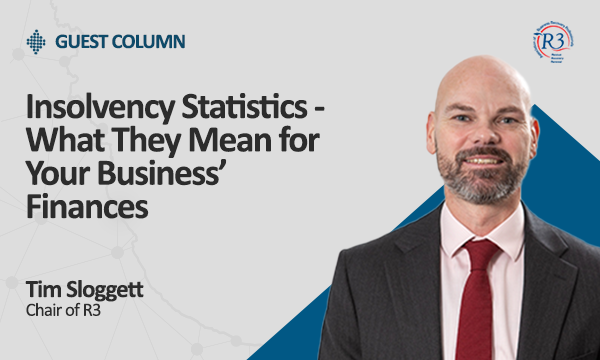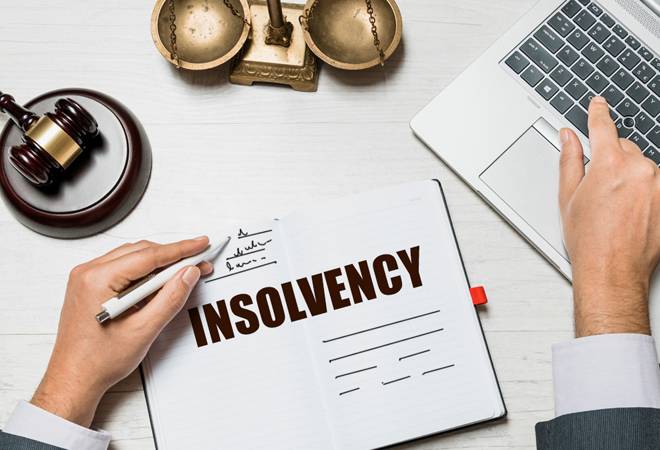Top Guidelines Of Insolvency Practitioner
Table of ContentsNot known Details About Insolvency Practitioner The Facts About Insolvency Practitioner RevealedInsolvency Practitioner for BeginnersThe Only Guide for Insolvency PractitionerAbout Insolvency PractitionerNot known Facts About Insolvency PractitionerThe Best Strategy To Use For Insolvency Practitioner
Insolvency is when obligations are higher than the value of the firm, or when a debtor can not pay the financial debts they owe. A company can come to be financially troubled as a result of a number of circumstances that bring about poor money circulation. When confronted with bankruptcy, a company or person can get in touch with creditors straight and restructure financial debts to pay them off.Organization owners may contact financial institutions straight and restructure financial debts right into more manageable installations. Financial institutions are typically amenable to this approach due to the fact that they desire to be paid off and prevent losses, even if the repayment is on a postponed routine.
Get This Report on Insolvency Practitioner
The owner produces a proposition outlining just how the financial obligation may be reorganized utilizing cost decreases or other prepare for assistance. The proposal reveals creditors how business may produce adequate cash money circulation for profitable operations while paying its financial obligations. Normally, a forgiven financial obligation may be considered revenue by the Irs (IRS).

The Ultimate Guide To Insolvency Practitioner
The service may wind up paying big amounts of cash in damages and be incapable to proceed operations. When operations discontinue, so does the business's income. Absence of earnings causes accounts payable and creditors asking for money owed to them. Some firms become bankrupt since their goods or solutions don't advance to fit consumers' transforming needs.
Expenses surpass earnings and costs remain unsettled. Cash-flow insolvency takes place when a firm has the assets to cover their financial obligations yet they are in the wrong form, such as genuine estate instead of fluid funds. Balance-sheet bankruptcy, on the other hand, shows a lack of properties in any kind of kind to cover financial obligations.
The internal revenue service states that an individual is financially troubled when the overall liabilities exceed total properties. A personal bankruptcy, on the various other hand, is an actual court order that portrays how a financially troubled person or company will pay off their creditors, or just how they will offer their possessions in order to make the payments.
Everything about Insolvency Practitioner

Debt debt consolidation is when you combine numerous car loans right into one brand-new lending, commonly to accomplish far better terms. Bankruptcy is not the very same as bankruptcy, although a business that has become insolvent might file for personal bankruptcy. Bankruptcy is the state of not having the ability to pay your commitments while personal bankruptcy is a lawful process to discharge your financial debts.
Understanding the aspects that can result in bankruptcy, such as overspending, can aid you protect against insolvency and its effects.
Insolvency Practitioner Fundamentals Explained
It is well understood that supervisors and police officers of corporations (and managers of restricted obligation business) owe fiduciary duties to their organizations and their investors (or participants). These fiduciary commitments are defined by state statutes and, though there are variations from state to state, they generally consist of an obligation of commitment and an obligation of treatment.
The duty of care calls for supervisors and police officers to work out diligence, to make educated decisions, and to act in excellent faith to ensure that their actions remain in the most effective rate of interest of the business. Past the range of this conversation, some states permit these duties to be limited either by so keeping in mind in the organizational files or conforming with various other demands.
The smart Trick of Insolvency Practitioner That Nobody is Talking About
Most states specify insolvency in two means( 1) when a business's obligations come to be above the sum of its assets or (2) when the company comes to be incapable to pay its financial debts as they become dueand welcome both meanings (Insolvency Practitioner). The shift in duties happens due to the fact that when a business is insolvent, there is no worth in the company beyond that owed to the business's creditors to make sure that the equity owners click to investigate no more have an economic stake in the company
Be careful regarding offering investors advantageous treatment at the expenditure of creditors (e.g., accrediting and moneying a dividend or a supply redemption). Be careful regarding advantageous treatment in between courses of investors. Clear up initiatives to find out all the facts prior to taking a specific strategy; supervisors should truly believe that any type of choices made remain in the most effective interests of the corporation in its whole (i.e., choices find more information will certainly be evaluated in knowledge because of the impact of such actions on the company).
In any kind of personal bankruptcy or bankruptcy proceeding, payments made to specific creditors at the cost of various other financial institutions can be clawed back, particularly if there is some connection between the company and the financial institution. Consider recommending at a yearly stockholder conference (or any other meeting of investors) a resolution verifying that all previous company choices and actions taken by the directors and policemans of the corporation were taken in great belief after a workout of sensible care.
The Of Insolvency Practitioner
Totally disclose any type of individual or organization relationships with celebrations beyond of deals involving the corporation to prevent the appearance of a conflict of rate of interest. In examining prospective fund read increasing purchases or a sale of possessions of the struggling firm, realize that these deals might be looked at later on because of any type of succeeding expansion of supervisors' fiduciary obligations to consist of lenders.
Comments on “The Ultimate Guide To Insolvency Practitioner”